08 Dec 1968
The Greater East Asian War
No overview found
08 Dec 1968
No overview found
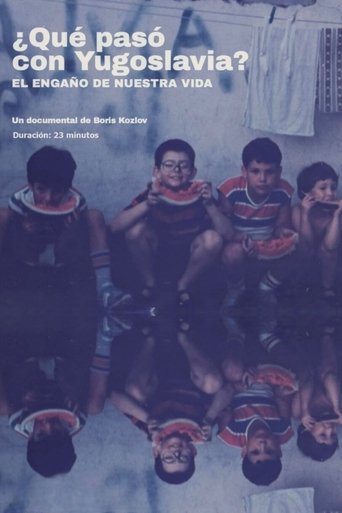
11 Nov 2023

After forty years of fighting Moscow, Washington won the Cold War, and NATO found a way to expand eastward; however, there was one loose end to the problem: Yugoslavia was not a satellite of the USSR…
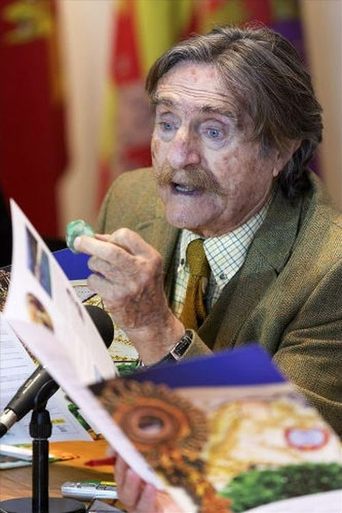
04 Jun 2015

No overview found
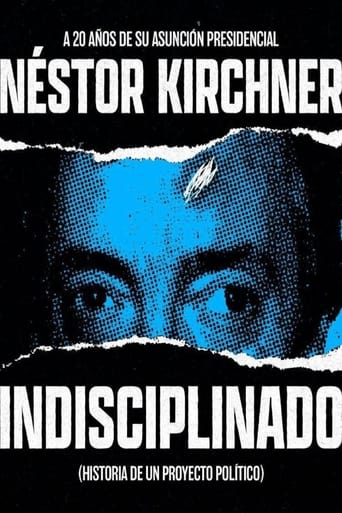
25 May 2023

No overview found
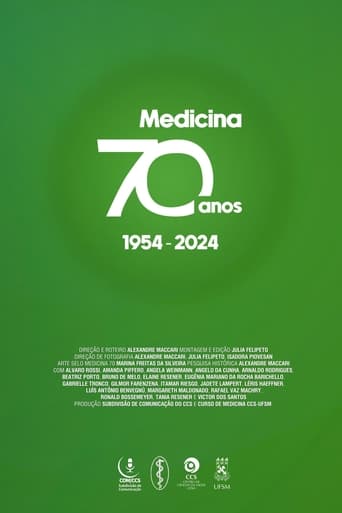
03 Aug 2024

No overview found
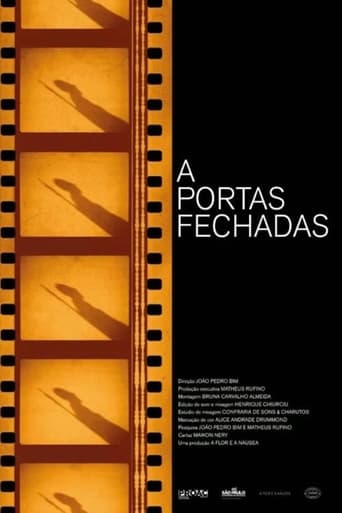
14 Jun 2023

In 1968, Brazil’s military government convened the National Security Council to enact Institutional Act No. 5, ushering in the most violent period of the dictatorship. The meeting was recorded, but remained secret for decades. The filmmakers delved into the archives and now reveal the recordings.
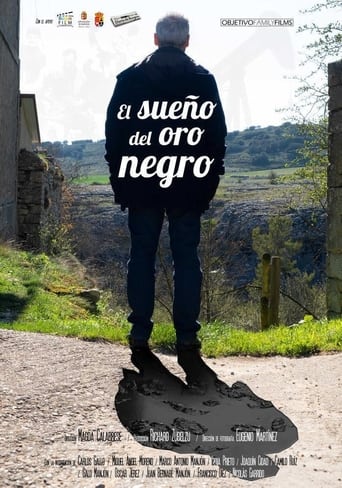
13 Oct 2021

No overview found
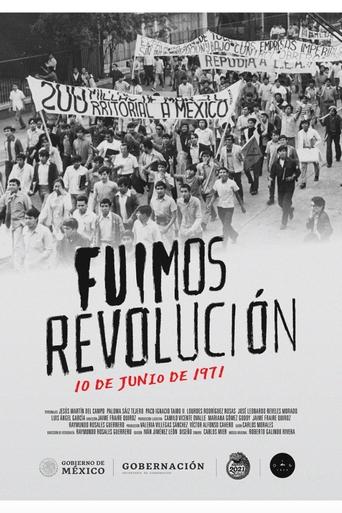
08 Feb 2022

No overview found
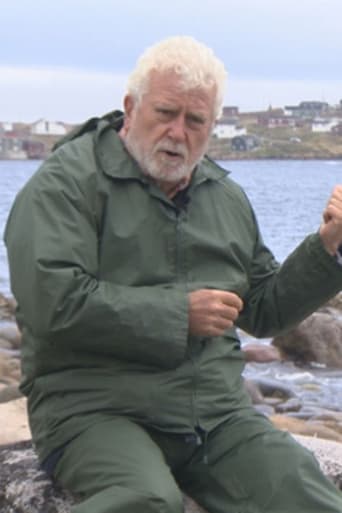
31 May 2018

No overview found
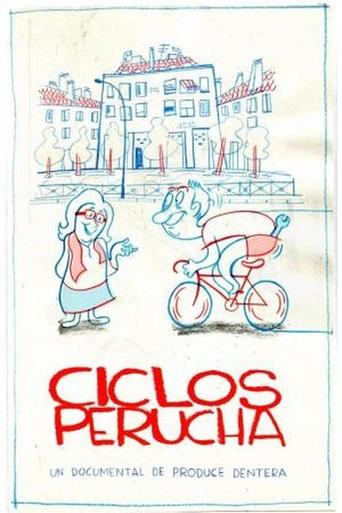
24 Mar 2015

No overview found
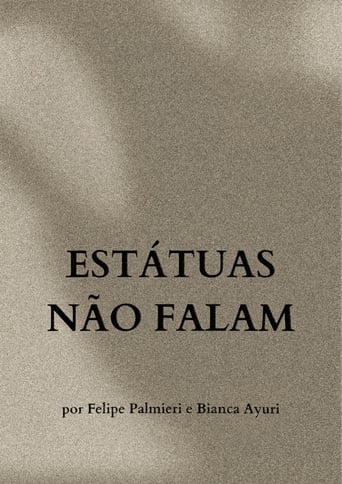
22 Jun 2023

No overview found
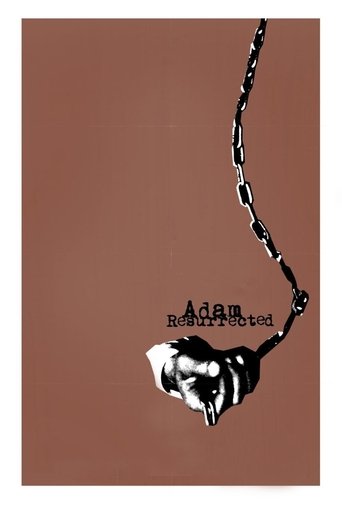
08 Aug 2008

After again attempting to commit murder, a Jewish man with a mysterious past and extraordinary intelligence, charisma, and body control returns to an insane asylum, where he makes a startling discovery.
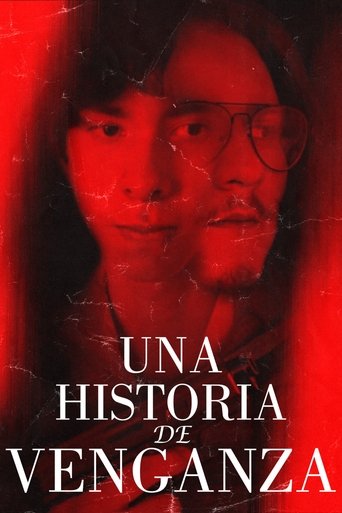
04 Nov 2022

Franco, who was a loving family man turns into a nightmarish thug to hunt down his daughter's abuser. What at first seemed like an act of justice by his own hand was lost in a twisted personal revenge that will take Franco over the limit.
11 Apr 1956
A documentary about the laying of the first transatlantic telephone line.
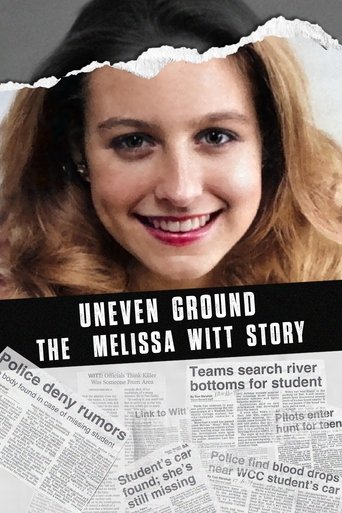
20 May 2023

Determined to find answers, LaDonna Humphrey and her team spent eight years on a journey like no other. Never before seen case files, interviewing witnesses, potential suspects, and working alongside retired detectives to find justice.
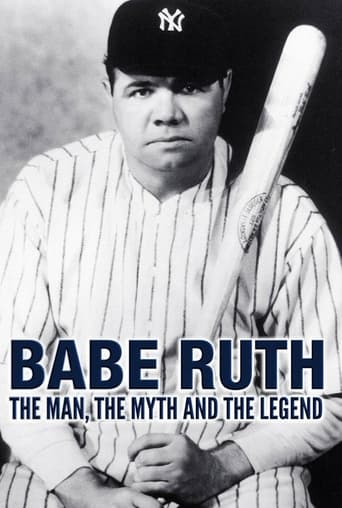
25 Apr 1990

Mel Allen hosts this look at Babe Ruth's life and career, focusing primarily on Ruth's years with the New York Yankees.
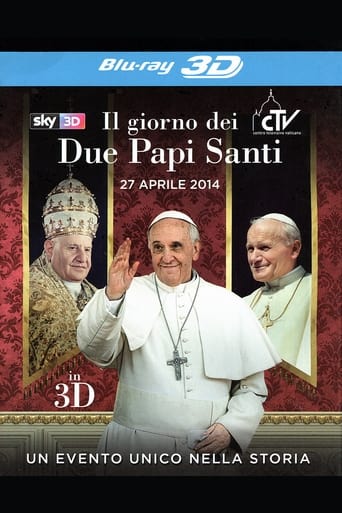
01 Apr 2015

"History is not just what you read in books, history often reveals itself with its extraordinary scope, already in the present. This is the case when on April 27 2014, the canonization of the greatest Popes of the 20th century was celebrated". With these words, the unmistakable voice of Giancarlo Giannini introduces us to an intimate and emotional story of what was, in all respects, a historical event: the Canonization of Pope John XXIII and Pope John Paul II. Monsignor Dario Edoardo Viganò, director of the Vatican Television Center, holds the reins of the narrative which, among historical and exclusive images, leads to a closer understanding of the two Holy Popes and Pope Francis, and to discover places in the Vatican never seen before. Alongside him are the authoritative opinions of Pupi Avati, Aldo Grasso and Gianni Canova and a moving and emotional Dario Fo. A Vatican Television Center and Sky 3D production.

01 Jan 2016

Dominikos, a former drug user, wandering in the collapsing city of Athens with a bike and a "go-pro" is meeting friends doing the same with him - they stay "clean" from any substances and they live their life full of consciousness.
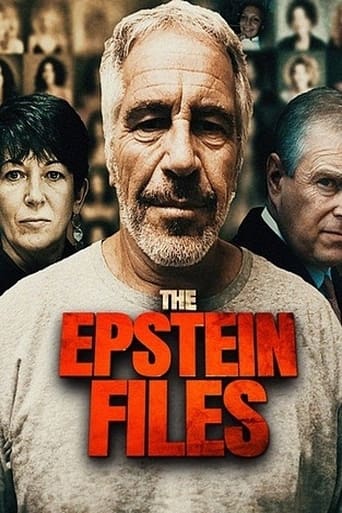
30 Jan 2024

The damning files which expose the evil of American billionaire and sex offender Jeffrey Epstein. Tara Brown investigates.
10 Mar 2024
One of the most important Black British music collectives of the 21st century make their triumphant return to the scene. With two decades of shaping hits for artists like Stormzy, Dave and Chip, Ruff Sqwad proudly unveils "Flee FM" — a 7-track project of original music. Accompanied by a conceptual short film that transcends time and resonates with the pulsating essence of urban music culture.", the crew journeys back to the raw essence of a pirate radio set, revisiting the natural settings that birthed their early pioneering sonics. While the days of white labels, Avirex, and tape packs may evoke nostalgia, the group's emotionally charged production and razor-sharp microphone skills transcend time.